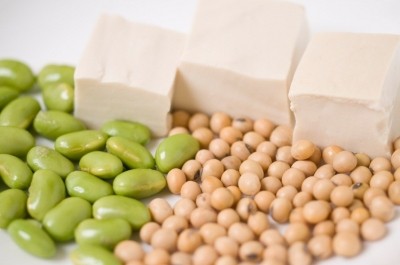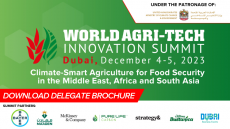‘Problems abound’ for protein ingredients, says report

The consultancy firm estimates global annual growth for the market of 4% up to 2020, driven mainly by the developing world, particularly India and China. It gives the total size of the market as approximately 5 m tonnes a year, with wheat protein making up to 800k-900k tonnes, soy around 2 m tonnes, dairy around 1 m tonnes and pea protein around 120k-130k tonnes.
Stagnant markets
But in the west, growth may be much harder to come by according to V. Krishnakumar, managing director of Giract: “In the developed world, problems abound for protein ingredients. For technical products, unfortunately the consumption of those products is either flat or declining in many food sectors. Bread, for example, is on a long-term decline in Europe.”
He said products with specific applications, such as gelatine, are unlikely to see significant organic growth in Europe: “I can’t imagine gummy bears growing in Europe, for example. There are fewer and fewer children in Europe. If you take all those standard food products where protein ingredients are used as a technical ingredient, it can’t grow, basically – because we’re not consuming more of those foods.”
The health application market, such as sports nutrition, may have a brighter future, driving growth in dairy protein to 4.5% annually. But Krishnakumar noted the sports nutrition market was growing from a relatively small base, compared to other protein applications.
“If the trend towards protein fortification continues, that consumers see this not as a fashion trend like food allergies and that sort of thing, but as a long-term health trend, then yes – there is a good chance it will start to spread to other relevant sectors. On the other hand, if other things come and take over, or if there’s a health scare or any other food-related issue, then you will see more limited growth in developed countries,” he said.
As for other protein ingredients, soy and wheat see a cloudy future in Europe, according to Russell Ward, managing partner at Giract. He sees wheat protein declining slowly, partly because of the long-term fall in bread sales, but supported by a strong animal feed market: “That’s a market that’s bumping along, but not really going anywhere.
“Soy has never been very popular in Europe, but it’s clearly under pressure, because people on one side associate it with allergies, and on the other associate it with GMO, which is still a no-go area in Europe,” said Ward.
Pea potential
Among the major protein ingredients, he does see a brighter future for pea protein: “It’s attracting attention because of its low-allergenic potential, so it’s interesting in that sense. It’s not, yet, genetically modified so there are no concerns there. And another reason is Shuangta, Cosucra and Roquette have built new capacity – Cosucra and Roquette have basically doubled their capacity for pea protein, so there’s more competition in the market, which will tend to push the price down.
“There’s one slight barrier to pea protein – it still has a slight pea or bean taste, which makes it difficult to use in sweet products. I don’t think we’ll see pea protein in ice cream or yoghurts, but certainly in baked goods, meat, slimming products, those kind of applications.” added Ward.

















